What could a retired hooker with a deformed face teach a 15-year-old rich kid from Detroit, a kid who would one day become president of the Packard Motor Company?
James F. Joy (1810-1896) sent his only son Henry Bourne Joy (1864-1936) to the Joy Mining District in Utah at the tender age of 15 to try his hand at gold mining and hopefully gain some “life experience.”

What better life coach for the homesick young man than the now retired “soiled dove,” bartender, nurse, and counselor, Mary Laird.
Mary (Maggie) Devitt was working as a dove at the tavern in Fish Springs, Utah when she got into a fight with another gal, who pushed Maggie onto the floor and smashed her face with a heavy old-fashioned liquor bottle. The blow so disfigured Mary’s face that she was known thereafter as “No-Nose Maggie.”
Maggie lay in a coma for two and a half days while her co-workers, assuming she would soon pass away, took what few possessions she had including the clothes off her body. A young miner passing through the settlement saw Maggie’s plight and, women being in critically short supply on the frontier, loaded her onto his buckboard and headed for his mining claim in Joy, Utah, some 50 miles away.
Somewhere during the journey, Maggie regained consciousness, and realizing she was on her way to a new life, clambered onto the seat of the buckboard with her new young man, who hopefully provided her with some sort of covering. Such was life in the mining camps on the frontier in the 1800s.
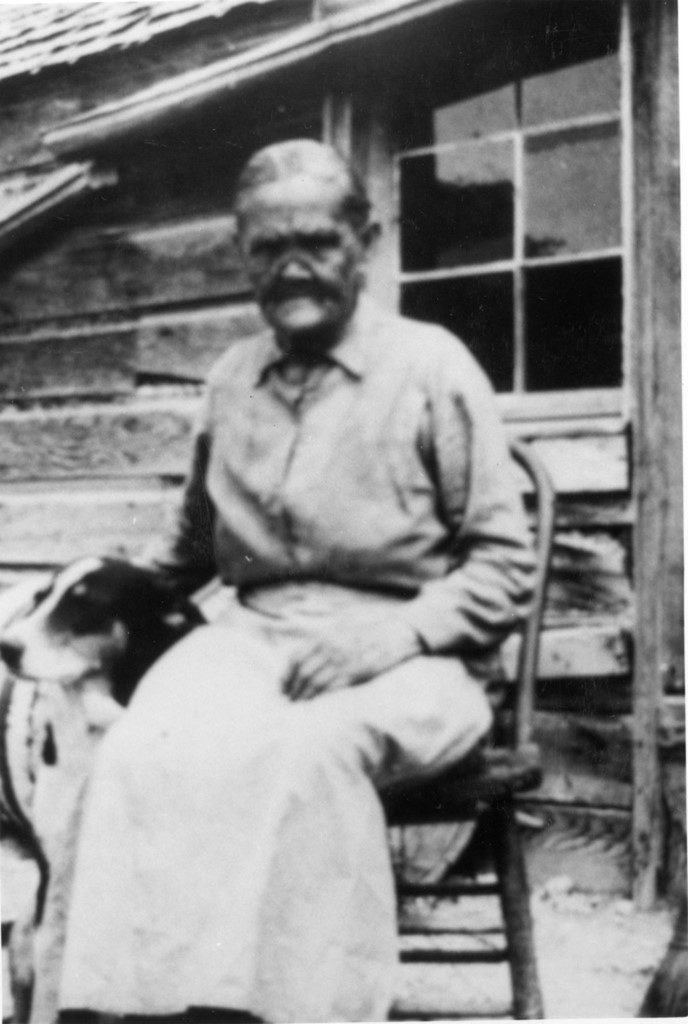
Maggie, whose last name was now Laird, and her new hubby built a one-room structure near the only spring in the area, and it became the center of life for the little community. It was supermarket, doctor’s office, pharmacy, saloon, and counseling center.
After three years in the mining camp, the now older and considerably wiser Henry Joy returned to his native Detroit. He became president of the Detroit Union Railroad upon his father’s death in 1896, and also assumed the presidency of Packard Motor Car Company.
Packard was one of America’s “Three P’s,” PACKARD, PEERLESS, and PIERCE-ARROW, storied marques known for high quality, luxurious automobiles. Packard’s advertising slogan was “ASK THE MAN WHO OWNS ONE!”
Henry realized that automobiles would never amount to much until buyers had actual roads to drive on, not just the muddy tracks that passed for highways. In 1913 he became one of the principal organizers and the first president of the Lincoln Highway Association (www.lincolnhighwayassoc.org), which advocated building a “rock highway” from New York City to San Francisco.
Henry had apparently acquired a taste for the great open spaces during his time in Joy. He spent at least one month of each year–in the latest model Packard–traveling the 3,300 mile length of the “Lincoln,” which was still overwhelmingly dirt. Much of his time was spent in the Utah desert, including Fish Springs, since Utah was the most harrowing section in the whole country.

The US Army sent a convoy across the Lincoln in 1919, which took over two months to complete, much of the time stuck in the mud. The experience convinced a young lieutenant named Eisenhower of the need for a true transcontinental highway. As president in 1955, “Ike” signed the Defense Highways Act, authorizing the construction of the first interstate highways.
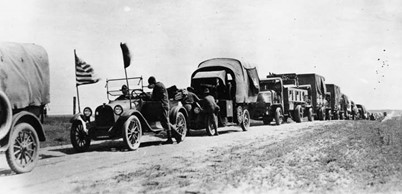
Packard Motor Company played a huge role in winning both World Wars; manufacturing cars, trucks, and engines. The Packard-Merlin Rolls Royce V-12 powered the English Mosquito and the Spitfire, American PT Boats, the iconic American P-51 Mustang, plus many other war-winning machines.
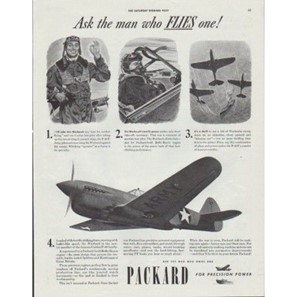
Henry died in 1936, just as WWII was starting to take shape, and Packard was once again shifting to a wartime footing. Without the leadership Henry and his father James had provided, Packard foundered in the postwar economy and faded from the scene in the mid-1950’s.
The Joy smelter burned about 1917 and the decision was made to close the mine. Maggie stayed on as Joy’s only resident and her store, saloon, hotel continued to serve the occasional sheep herder, cowboy, and desert wanderer.
One bitter cold night a young man from “The East” had a little too much to drink, said good night, and stumbled out into the darkness. They found his stiffened body the next morning about 100 yards from Maggie’s door, and buried him where he lay. Passersby still tend the grave. It’s marked, but unfortunately with no name.
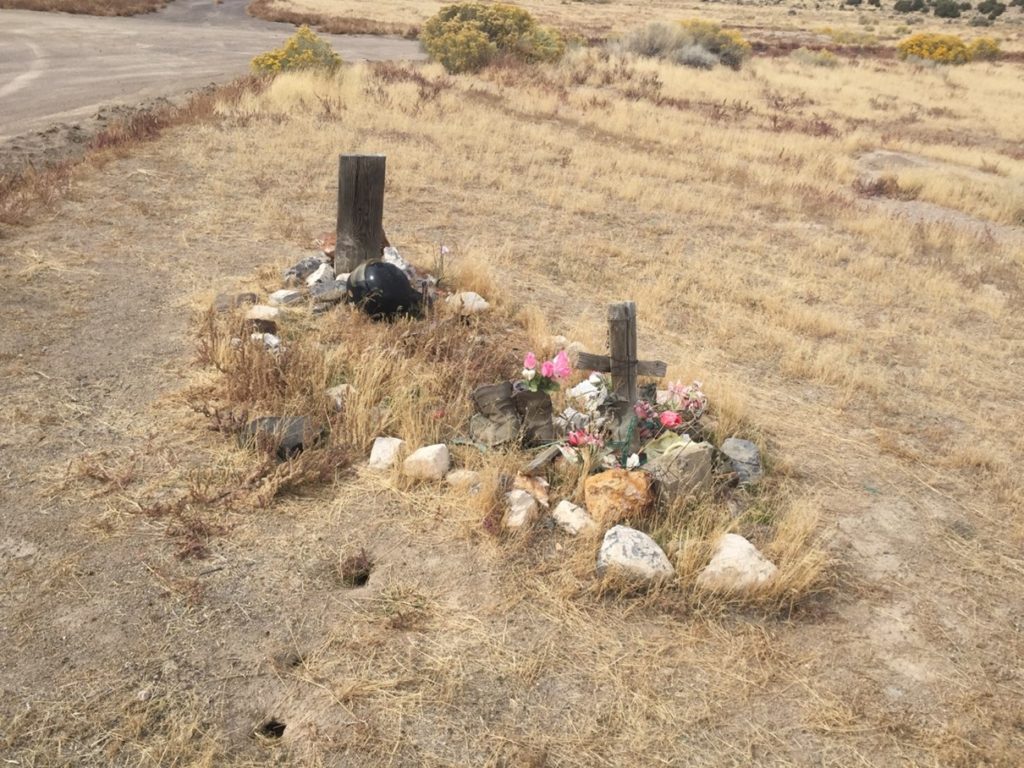
Maggie passed in 1934, and Lady Laird Peak now officially looks over the valley where she ruled and Henry Joy came of age.
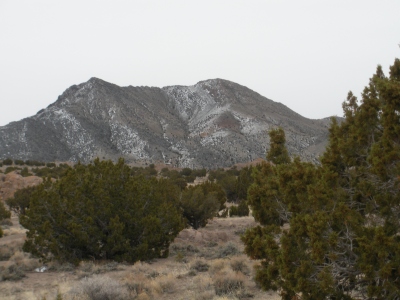
Her building is gone but the spring and the mountain peak bear witness to Maggie’s lessons of life, love, toughness, and the will to survive against all odds.
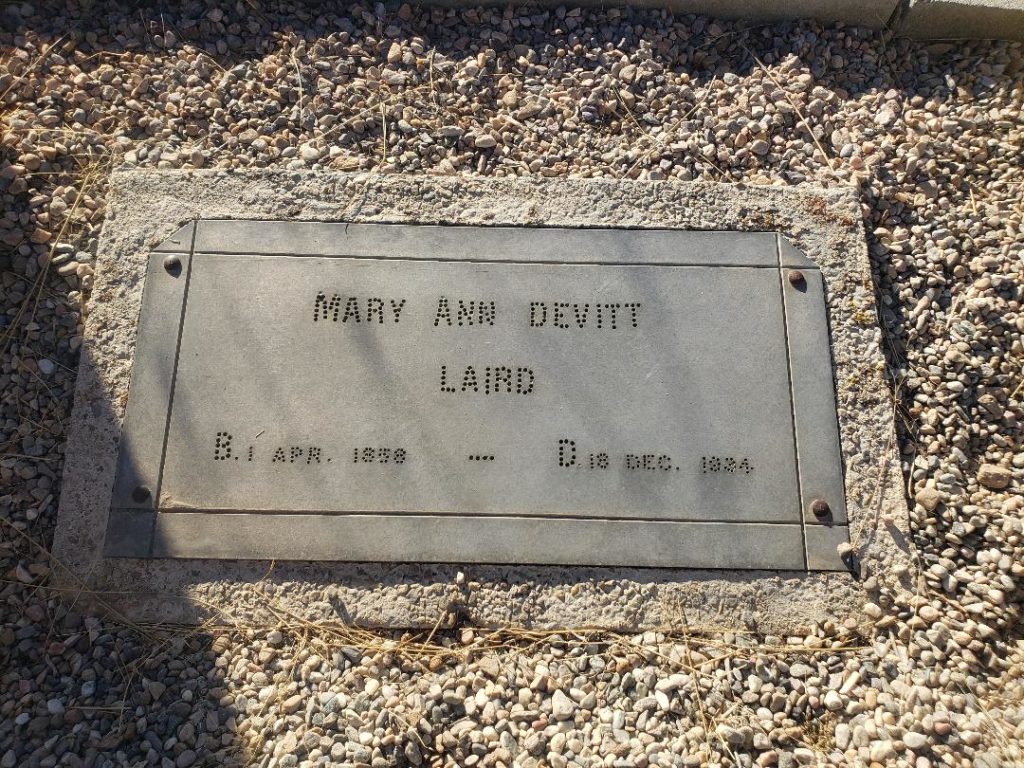
Thanks for listening.
